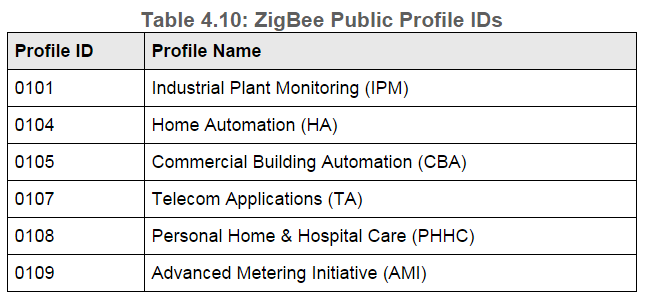Hi Everyone,
I am working on home automation project and new to zigbee. Right now i am using ZNP code available in(ZStack-CC2530-2.5.1a_1\Projects\zstack\ZNP\cc253x\znp iar ide workspace). I am able to understand uart initialization but I am not able to understand the program flow sequence for sending and receiving data using uart dma(like which function to call for reading data sent through uart). I am using usart0 with default baud rate of 115200.
Can anybody please help me regarding this.



